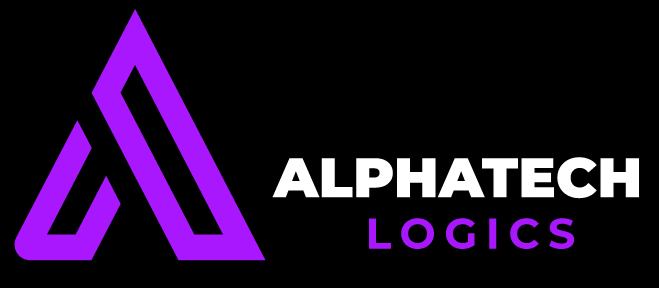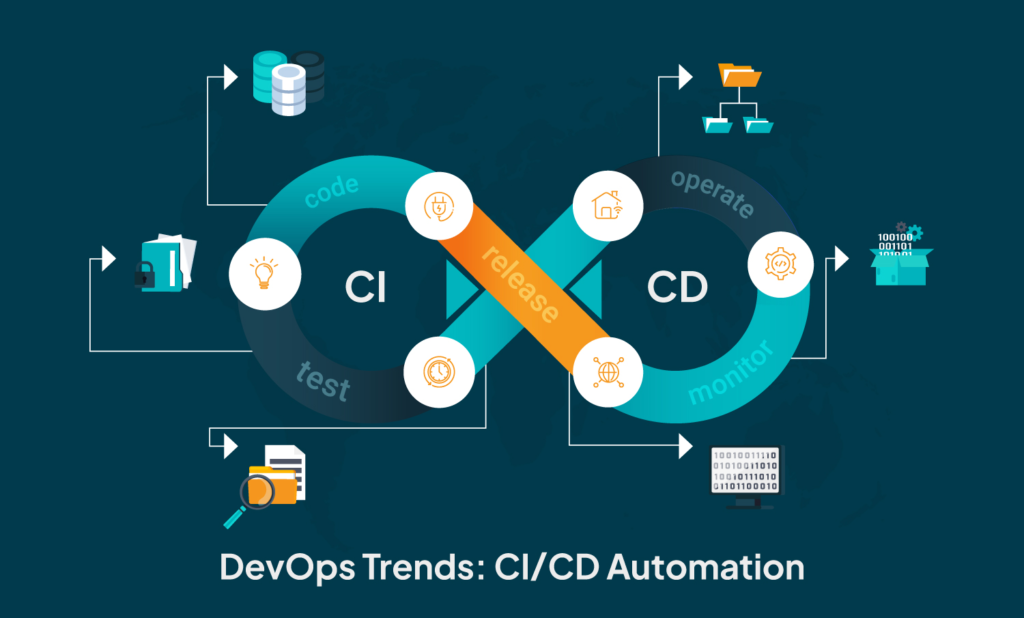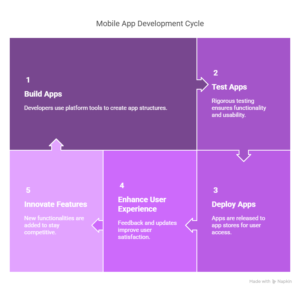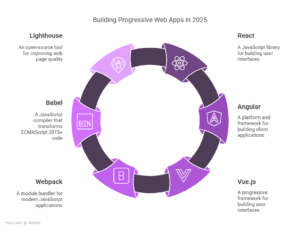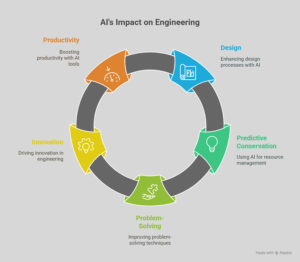With the era of quick software development comes the realization that speed alone isn’t enough. You need accuracy as well. That’s where **AI-Augmented DevOps** come in. By marrying artificial intelligence with DevOps processes, teams can take automation, efficiency, and reliability to an entirely new level particularly in their **CI/CD pipelines**.
Let’s dive in and find out how AI is revolutionizing the future of DevOps.
What is AI-Augmented DevOps?
AI-Augmented DevOps is the application of artificial intelligence and machine learning to augment conventional DevOps methodologies. This involves automating routine tasks, anticipating failures, identifying bugs early, optimizing resources, and even proposing improvements to the code.
Think of it as DevOps 2.0—a brighter, quicker, and more powerful version of your development pipeline.
Using AI to Automate CI/CD Pipelines
CI/CD (Continuous Integration and Continuous Deployment) is the cornerstone of DevOps in the present day. With it, teams can continuously integrate code, auto-test it, and deploy code at warp speed. AI goes a step further. Here’s why:
1. Intelligent Test Automation
AI can test code changes, order or even create test cases ad-hoc. Rather than executing the complete test suite on every run, AI executes just required things—time and compute saves.
Example: AI is aware that a code commit only influences the login module, so it omits checking other, independent regions such as checkout or search.
2. Real-Time Anomaly Detection
AI can track builds and deployments in real-time and alert on any anomalies. It gets intelligent by learning from earlier successful pipelines to identify bugs, failure, or security vulnerabilities ahead of time.
Bonus: It automatically rolls back deployments when anomalies are found.
3.Predictive Build Failure Analysis
Instead of waiting for a build to fail, AI can anticipate failures in advance by examining history, commit patterns, and system logs.
Outcome: Fewer broken builds, faster feedback loops.
4. Root Cause Analysis Automation
When something does go wrong, AI software can determine the root cause in an instant—cutting time spent on manual debugging and finger-pointing.
Time-saver: Less debugging time, more feature-building time.
5. Optimized Resource Provisioning
AI models can forecast infrastructure requirements for deployments and also dynamically adjust them—scaling infrastructure up or down according to usage and history.
Result: Lower cloud costs and optimized pipelines.
Advantages of AI-Driven CI/CD
That is why teams are adopting AI in their pipelines:
– **Faster Deployments**: Streamline build and release time through smart automation.
– **Fewer Defects**: AI detects defects before production.
– **Better Code Quality**: Smart suggestions and quality gates.
– **Fewer Downtimes**: Anomaly detection + auto-recovery = less production downtimes.
– **Happier**: Developers spend less time firefighting, more on innovation.
Tools & Technologies Pioneering the Way
Some of the most widely used tools that integrate AI into the CI/CD pipeline are:
– **GitHub Copilot**: AI-driven coding and suggestion on pull requests.
– **Harness**: Continuous delivery with AI-driven anomaly detection.
– **Dynatrace**: Artificial intelligence-driven performance monitoring and root cause analysis.
– **AIOps tools** such as **Moogsoft** or **Splunk**: Identify issues in your infrastructure in real-time.
Real-World Example
A worldwide eCommerce company utilized AI in their DevOps cycle to lower deployment time by 40% and detect very important bugs 60% faster. By leveraging machine learning to prioritize tests and recommend code quality, they delivered not only quicker but also improved customer satisfaction.
What’s Next?
The future of DevOps is automated. As AI expands, pipelines will self-heal, self-optimize, and even self-configure based on business goals and feedback in real-time.
Soon enough, teams will not just automate deployment but automate deployment decisions too.
Conclusion
AI-Augmented DevOps is not hype—it’s disruptive. By injecting intelligence into the CI/CD pipeline, teams can release better software, faster and with confidence.
If you haven’t yet begun to integrate AI into your DevOps, now is the time. The technology is available, the payoff is real, and the future is knocking.

